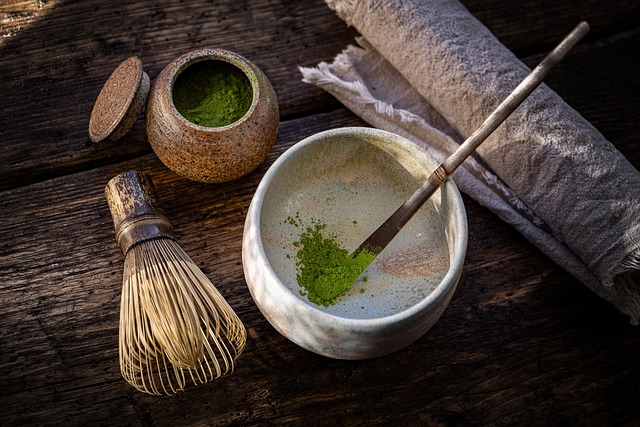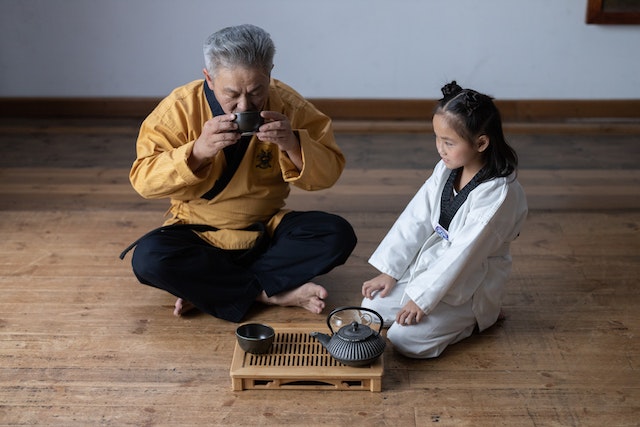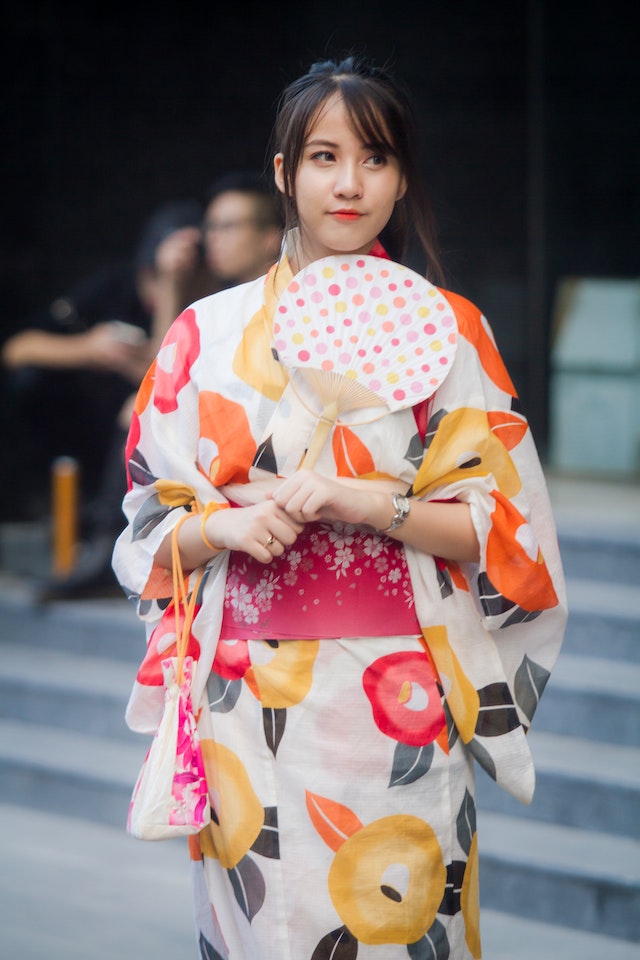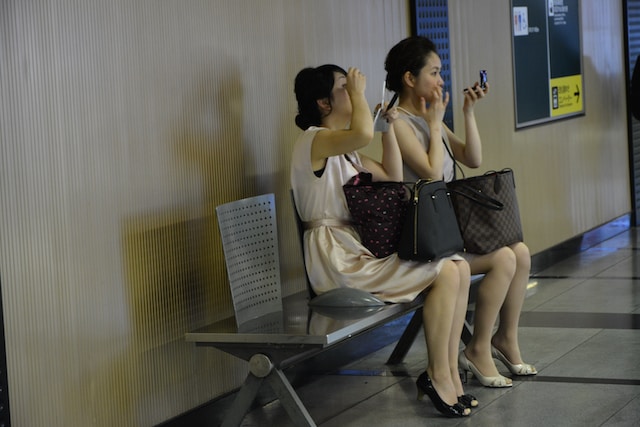
Japanese culture is amazing.
When it comes to culture, Japan is a true gem. From the ancient art of tea ceremony to the cutting-edge fashion trends, this vibrant nation has something to offer for everyone. So let’s delve into the world of Japanese culture and lifestyle.
Japanese Tea Ceremony
One of the most fascinating aspects of Japanese culture is the tea ceremony. This traditional practice, also known as Chado or Chanoyu, has been a part of Japanese culture for centuries. It brings together the principles of harmony, respect, purity, and tranquility to create a beautiful and serene experience. Japanese tea ceremony is not only a way of making and serving tea but also a medium for spiritual and artistic expression.
The tea ceremony as it is practiced today was developed in the 16th century by Sen no Rikyu, a tea master who is considered the founder of the Japanese tea ceremony. Rikyu emphasized principles such as simplicity, harmony, and respect for others and nature, which continue to be central to the tea ceremony today.
Typically, the tea ceremony takes place in a traditional tearoom, which is designed to be a serene and peaceful space. The host of the ceremony carefully selects and prepares the tea, using specialized utensils such as a tea scoop, whisk, and tea bowl. The guests are expected to observe certain etiquette, including bowing to the host, admiring the tea utensils, and drinking the tea in a particular way.
In addition to its aesthetic and social aspects, the tea ceremony is also considered a spiritual practice that can bring about a heightened sense of mindfulness, harmony, and inner peace. Many practitioners of the tea ceremony see it as a way to connect with nature, cultivate a sense of gratitude, and find beauty in simplicity.

Japanese Fashion
Another hallmark of Japanese culture is fashion. From traditional kimonos to contemporary streetwear, Japanese fashion is renowned for its unique style and attention to detail. The country’s style icons, such as Rei Kawakubo and Yohji Yamamoto, have made a significant impact on the global fashion scene. With their innovative designs, they have pushed the boundaries of fashion and created a brand new aesthetic.
Japan has a rich history in fashion, with the traditional clothing style, the kimono, dating back to the Heian period (794-1185). The kimono is a long, loose robe made of silk or cotton and is traditionally worn by women and men on special occasions. The design of the kimono is often very intricate, with patterns and motifs inspired by nature, such as cherry blossoms, bamboo, and cranes. The colors and patterns used in the kimono also have symbolic meanings, with red representing joy, blue symbolizing fidelity, and gold signifying wealth and prosperity.

In modern times, Japan has become a hub for fashion innovation, with Tokyo Fashion Week attracting designers and fashionistas from around the world. Japanese fashion is known for its cutting-edge trends and unique street style. From oversized silhouettes and bold colors to combining unconventional fabrics, Japanese streetwear is all about pushing the limits of what is considered “normal.”
Contemporary Japanese fashion is also influenced by the country’s popular culture, such as anime, manga, and video games.
Many of Japan’s most famous designers have incorporated these themes into their collections. Japanese fashion has also embraced gender fluidity, with many designers creating unisex clothing lines that blur the lines between traditional gender roles.
Japanese Beauty and Wellness
But culture and lifestyle in Japan is not just about fashion and tea ceremonies. It also encompasses beauty and wellness practices. Japanese women are renowned for their youthful and flawless skin. This is partly due to their meticulous skincare routines and a focus on natural and holistic beauty treatments. From facial massage techniques to herbal remedies, Japanese beauty and wellness practices are a treasure trove of health and beauty secrets.
Japanese beauty and wellness practices have also gained attention in recent years, as people around the world seek natural and holistic approaches to skincare and health. One such practice is the double cleansing method, which involves using an oil-based cleanser to remove makeup and impurities, followed by a water-based cleanser to remove any remaining dirt and debris. This method ensures that your skin is thoroughly clean and prepped for the rest of your skincare routine.
Another popular Japanese beauty staple is the use of sheet masks. These are face-shaped sheets soaked in a concentrated serum and are designed to hydrate, brighten, and firm the skin. With a plethora of options available, ranging from hydrating to anti-aging, there is a sheet mask for every skin concern.
In Japan, beauty also extends to the hair. The Japanese hair care routine involves treating the hair with care, starting with a scalp massage to increase circulation and promote healthy hair growth. Hair masks and treatments made with natural ingredients such as camellia oil and rice water are also popular in Japanese hair care.

Japanese wellness practices also focus on the mind and body connection. Yoga and meditation have gained popularity in recent years, as people seek to reduce stress and improve overall well-being. The Japanese practice of forest bathing, or Shinrin-yoku, is another way to connect with nature and promote relaxation and mental clarity. This practice involves spending time in the forest, breathing in the fresh air, and immersing yourself in the natural surroundings.
Japanese Arts and Crafts
Japanese arts and crafts are highly valued around the world for their exquisite beauty and unique aesthetics. Whether you are a seasoned craftsman or a beginner looking to try something new, there is something in Japanese arts and crafts that will inspire and captivate you.
One of the most popular forms of Japanese art is origami, the ancient art of paper folding. With just a piece of paper and some careful folds, you can create stunning three-dimensional objects such as animals, flowers, and even complex geometric shapes. Origami is not just a fun hobby but also an excellent way to improve your focus and concentration while also providing a calming and meditative experience.
Another popular Japanese craft is calligraphy, also known as shodo. Calligraphy is the art of writing Japanese characters with a special brush and ink. It requires patience, precision, and a deep understanding of the characters’ meanings and forms.

Through Japan’s rich cultural history, calligraphy has been used not just as a form of communication, but also as a means of artistic expression and spiritual enlightenment. It can be an excellent way to express oneself creatively while also finding inner peace and calm.
If you are looking for a more tactile craft, consider trying your hand at pottery or ceramic arts. Japan has a long history of creating exquisite pottery and celadon ceramics, often with intricate designs and delicate finishes. Whether you choose to create your own pieces from scratch or just learn the techniques for decoration and glazing, pottery is an excellent way to express your creative side.
Finally, for those looking for a unique and unforgettable experience, consider trying your hand at Japanese sword-making, also known as katana. Sword-making is an ancient Japanese craft that requires tremendous skill and craftsmanship. It involves forging a sword from raw iron, then tempering and sharpening it to create a razor-sharp edge that can cut through almost anything. While this craft is not for the faint of heart, it can offer an unparalleled sense of pride and accomplishment when you finally hold your finished sword in your hand.
Japanese culture is a fascinating and multilayered subject that encompasses everything from tea ceremonies to fashion, beauty, and crafts. With just a little exploration, you can uncover a world of beauty, creativity, and inspiration.

